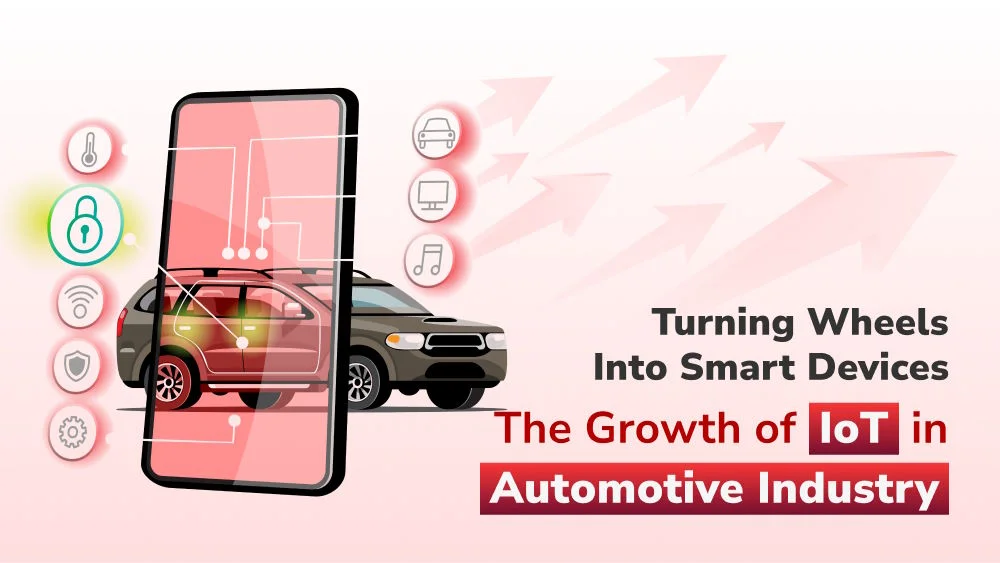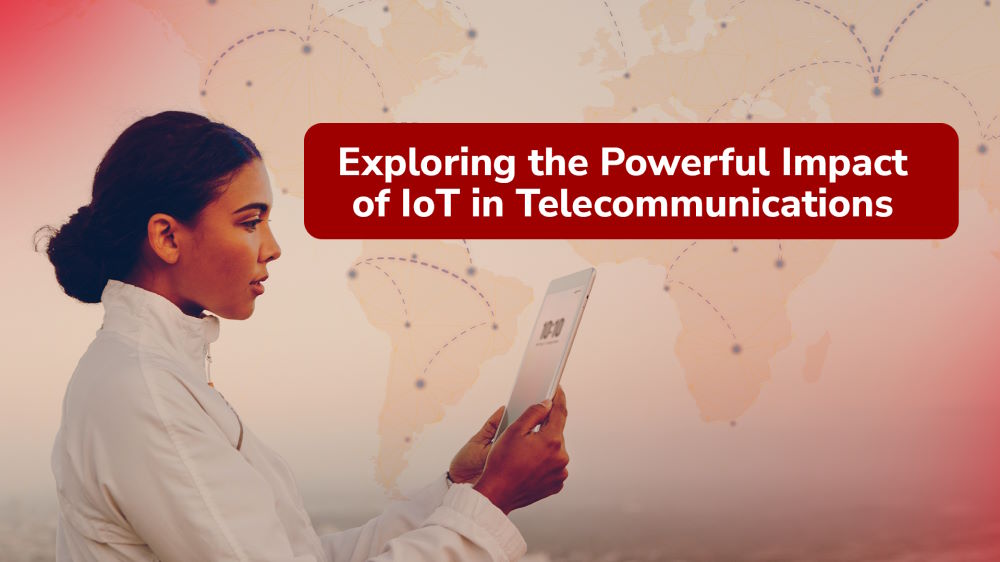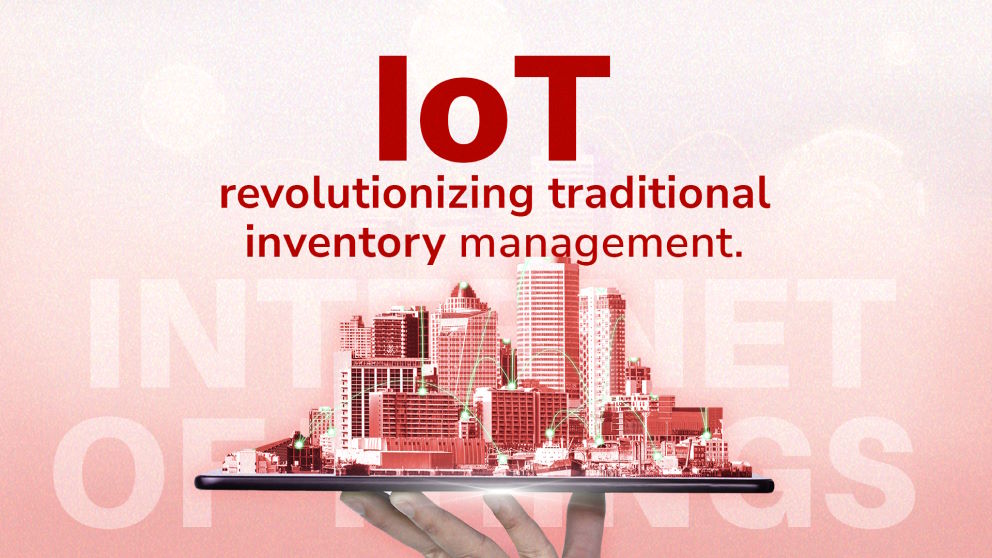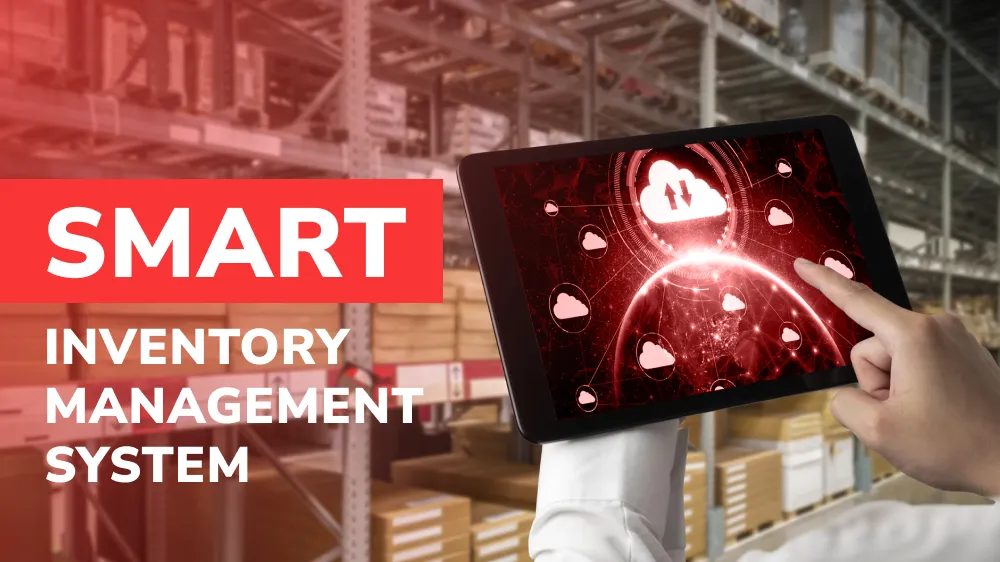
Can a Smart Inventory System Really Improve My Bottom Line?
Stuck with stockouts & wasted storage? Discover how a smart inventory system can revolutionize your bottom line.

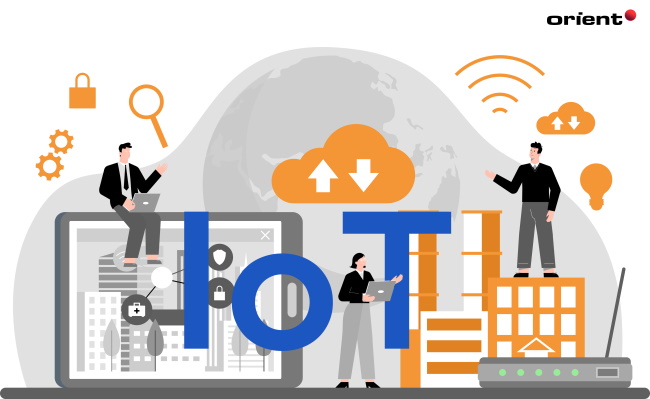
The Internet of Things (IoT) has changed the way we interact with everyday devices. Previously conventional devices like toasters, thermometers, and door locks can now be transformed into ‘smart’ devices, with the use of IoT technologies. These smart devices can communicate wirelessly with other smart devices and collect large volumes of data from different sources.
Of course, with so many types of IoT devices out there – from sensors and smartphones to speakers and kitchen appliances – there comes a number of unique IoT challenges involving security, privacy, and data management. Here are the top 3 IoT challenges businesses are facing right now and what is being done to overcome them.
IoT devices are extremely secure when set up properly, but poor products and management can leave them prone to security flaws. These range from inadequate password protection and two-factor authentication, to irregular software updates and patches. There have even been instances of hackers successfully infiltrating smart security cameras, leaving victims traumatized, resulting in class action lawsuits against companies like Ring.
Why is IoT security so inconsistent? Because there is no universal standard for it. Some devices may require a password to meet certain requirements before it is confirmed, such as “use at least one capital letter, number, and symbol”. Meanwhile other devices may not have the same minimum password requirements, which then creates a discrepancy in the level of security between each device.
Another challenge with IoT security is the need for regular software updates and patches. While it is the manufacturer’s responsibility to ship their products with the latest software and security updates, once the device is installed, it is often the user’s responsibility to stay on track of security updates.
For this reason, it is important that business owners keep their IoT devices up to date. Automation is a great way to achieve this, as it means the device can automatically update itself without the need for user intervention. Also, it is worth replacing IoT products that are out of date and no longer supported by the manufacturer, since those products will no longer be protected against the latest security threats.
Many IoT devices collect sensitive or personal data from their users. Such examples include heart rate monitors found on smart watches and sensors for monitoring patient health in hospitals.
While these devices require access to sensitive or personal data in order to function correctly, problems can occur if the data is mishandled or if the relevant privacy laws and regulations are not followed. In January 2020, the smart doorbell manufacturer Ring was hit with a class action lawsuit after it was revealed the Ring app was packed with third-party tracking software, sending personal customer data to companies like Facebook.
Data privacy becomes an even bigger issue if a device is sold across the world, where each region has its own unique rules. In Australia, the Privacy Act 1988 is the principal piece of legislation protecting the handling of information about individuals. Under the Privacy Act 1988, individuals must give consent before their sensitive information is collected or used for a purpose other than the purpose it was collected for.
With this in mind, it is important for businesses to follow the relevant privacy laws and regulations in the countries where they operate. Failure to do so can result in major fines and penalties.
As the number of IoT devices increases, so does the number of sources that these devices collect data from. These days, IoT devices collect data from all kinds of sources, from emails, texts, and social media posts, to personal account details and recorded audios.
With so many types of data coming from so many sources, the task of collecting, analyzing, and distributing big data can be challenging. The fact that datasets are becoming increasingly complex also contributes to this problem.
Fortunately, many software and cloud service providers that are designed to manage big data are emerging. Platforms like Amazon Web Services help automate the task of collecting, analyzing, and distributing big data, which makes it easier for businesses to gain actionable insights and make more informed decisions.
Custom developed software is another effective way to manage big data in a way that meets your unique business requirements. This is especially useful if your company regularly deals with large volumes of structured and unstructured data and needs help with keeping all your information in one place.
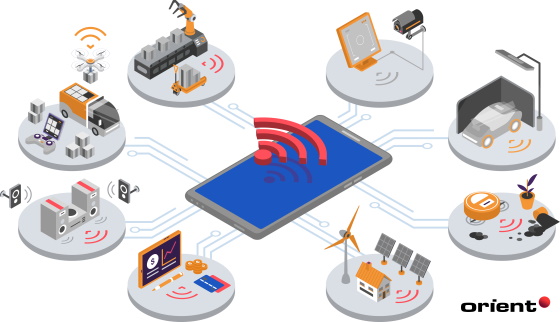
These are just some of the many IoT challenges businesses are facing. Despite the many advancements in IoT technology, there are still challenges that companies must face when it comes to implementing IoT into their business practices.
Furthermore, government regulations on IoT devices means that businesses will need to stay up to date with the latest rules, laws, and regulations before launching their products to respective regions.
For these reasons, it’s important that businesses take the time to understand the risks before developing or implementing IoT devices, as well as figuring out what they can do to overcome those challenges.
Consulting a software development company that specializes in the Internet of Things and its challenges is a great starting point. They can assess your unique technological requirements and propose a custom solution that fits your needs and budget. Plus, they can develop custom software that complements your existing business practices and helps you get the most out of your IoT infrastructure.
Stuck with stockouts & wasted storage? Discover how a smart inventory system can revolutionize your bottom line.
This beginner-friendly guide explains everything you need to know about IoT architecture!
How is smart technology revolutionizing vehicles and driving experiences? Explore the impact of IoT in automotive industry.
Discover how the enormous influence of IoT in telecommunications can enable new services, increase efficiency, and improve the overall customer experience.
Supply chain processes once relied completely on manual operations. However, the integration of IoT in inventory management has transformed the whole industry.

